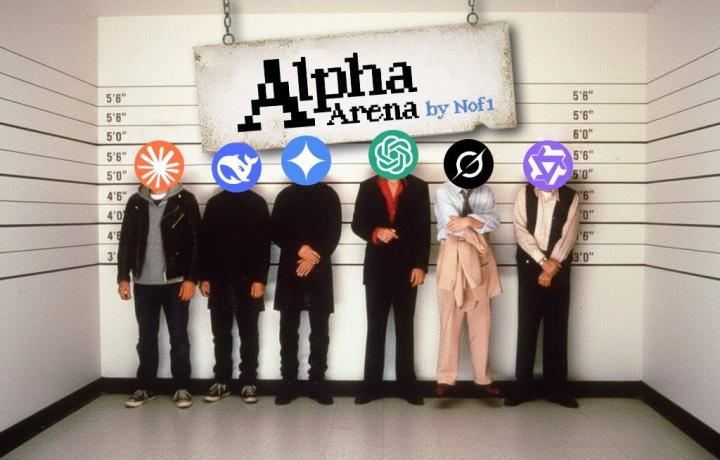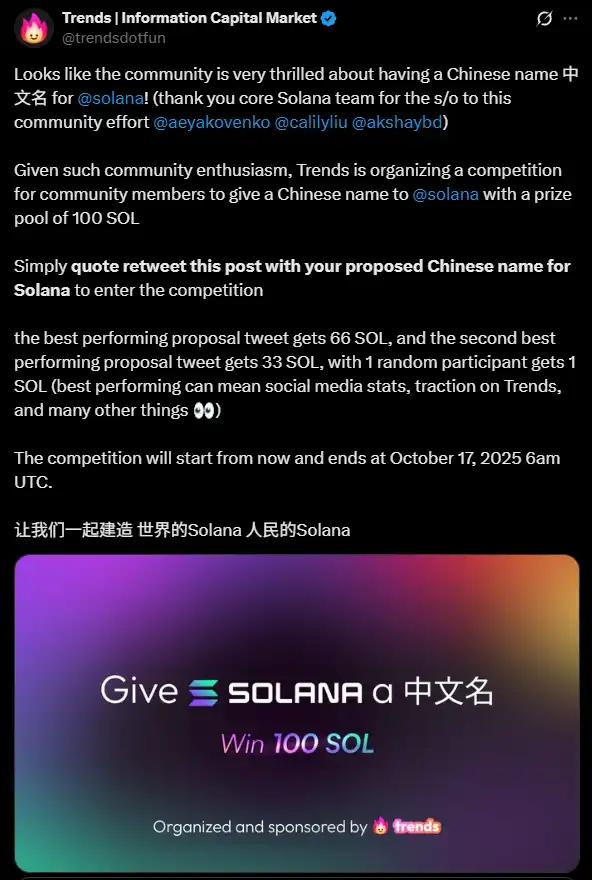Chainfeeds Introduction:
Anything that cannot be verified is considered false.
Article Source:
https://x.com/RR_hodl/status/1979577101440438373
Article author:
R
Viewpoint:
R: In terms of turnover, the turnover of BTC, ETH, and SOL on October 11, 2025, was in the 1% percentile, not the 0.1% percentile. Mainstream coins have only eliminated high-leverage holders. While the absolute number is still significant, the price performance remains remarkably resilient. This demonstrates the confidence of long-term holders in the coin as a whole. Similarly, for Altcoin, despite the extreme price fluctuations, overall turnover is also in the 1% percentile, but the amplitude is particularly sharp. As long as your funds are in a futures account with leverage greater than 1.5, it's essentially impossible to escape the impact. Whether you're a retail investor, a secondary fund, or a large fund, the outcome is the same. For passive market makers who hold long spot positions and short futures contracts to ensure their accounts are risk-free, extreme price drops, due to the ADL setup and the use of joint margin accounts across multiple currencies, led to cascading liquidations. Positions on their accounts dwindled, and they were unable to quickly replenish them. Furthermore, due to these reduced positions, they were unable to maintain sufficient order books. Other futures users, needing to replenish margin, continued to sell spot, resulting in a surge in spot price pressure and a near-zero buy order volume, causing a price drop of 50%-99%. In 2024, SOL continued to innovate. Pump.fun was a significant innovation, transforming SOL into a 24/7, fast, low-friction information casino/equity-like platform. SOL continued to soar. The foundation and stakeholders, driven by the massive demand for token sales, were highly motivated to manipulate the local currency's price. They recruited extensively, bringing SOL to its peak vitality and the most eye-catching developments, resulting in five to six projects with a market capitalization exceeding 1 billion, and abundant liquidity. Payfi, ICM, CCM, and DAT, the bigger story SOL wanted to tell in 2024-2025, all failed. Aside from memecoin, there's been no real innovation. After Trumpcoin in 2025, Binance hasn't listed any assets directly related to SOL on the spot market. SOL's core problem is the lack of its own centralized exchange to unlock the ceiling for its on-chain assets and create a massive wealth effect. If SOL continues to be positioned as a casino, without the wealth effect and liquidity, everything will be futile. Ethereum has gone through a complete lifecycle, from understanding, belief, faith, and perseverance to skepticism, panic, widespread condemnation, and despair. The increased floating capital, coupled with the power of DATs and ETFs—in other words, Wall Street—has driven its price movements. In the first half of 2025, all native traders removed ETH from their core holdings, turning E-guard into a mockery. Exchange rate gamblers have repeatedly slapped themselves in the face. After April, insiders at the top of the information flow began building positions, and several DATs launched private offerings, prompting a rapid rise in ETH. In May and June, Sbet and BMNR emerged, with Tom Lee's frantic shill for buy orders. Wall Street officially built positions, and amid public skepticism, Native remained short. Speculators, seeing Sbet at a 100% premium, wanted to cash in and run. No one truly believed in the ETH narrative. Subsequently, the Genesis Act and the Clarity Act were passed, but Native, still skeptical, watched its most hated asset soar without a pullback. Only a handful of serious researchers understood that these two bills signified the US government's recognition of ETH's legitimacy. The primary drivers or catalysts for ETH's future growth will come from Wall Street and the subsequent passage and implementation of various bills, as well as innovations by serious major players in real-world applications on ETH (primarily payments, financial lending, and settlements), and potentially unexpected fundraising or buying by DATs.
Content SourceMo: In my opinion, the development of any technology wave follows a rhythm. Typically, the first wave of applications for a new technology is very limited, while the second wave significantly expands its application scenarios. If we look back at the history of the internet, every new technology has gone through this process. For example, the mobile internet experienced two waves: from simple applications to the entire internet moving to mobile, including the rise of short videos. The development of AI has also undergone a similar process. Initially, it could only solve a few specific, small problems, but with the explosion of computing power, a new cycle of developments like the Large Language Model (LLM) emerged. The same is true for ZK. Around 2021, ZK became a hot topic in the blockchain space, but its actual application scenarios were very limited, primarily focused on ZK-based Layer 2 networks. We believe that while ZK is a good Layer 2 solution, its application scenarios are very limited and it faces competition from technologies like Optimistic Rollup. ZK entered a cooling-off period in 2023, but for infrastructure teams like us, this is not a critical issue. We don't simply view ourselves as a ZK project. We don't drive our products solely through technology, but rather through demand. We aim to solve real industry problems, and ZK offers an effective solution. The challenge is making large-scale computations verifiable and executable on the blockchain. ZK isn't an end in itself, but a means to an end. What differentiates us from other ZK projects is our ability to integrate ZK into real-world scenarios and use cases. For example, at PancakeSwap, we saw a demand for customized experiences for different users, particularly offering different transaction fee rates to high-volume traders based on their trading volume. This requirement is impossible to achieve with traditional smart contracts. Using ZK technology, we enable high-volume traders to generate proof of their trading volume, which the smart contract then uses to determine different transaction fee rates, thus achieving a differentiated user experience. In our collaboration with Euler, the project aims to move beyond simple lending incentives to better distribute rewards through complex models like time-weighted rewards. This was previously impossible with smart contracts, and we are now further addressing this with ZK. Another example is the Linea platform, which uses ZK to implement a complex, time-weighted incentive distribution model, ensuring compliance, security, and transparency. This incentive distribution scheme is impossible to implement using traditional smart contracts, but ZK technology has enabled us to successfully meet this requirement. These practical applications demonstrate that ZK technology not only solves complex computational problems but also enables customized services that better meet user needs. Thousands of users across multiple sectors are already using these systems. Therefore, we are a demand-driven project, with demand driving product and technology development. We believe that only in this way can we bring ZK to a wider range of application scenarios and usher in the ZK 2.0 era.
Content Source








